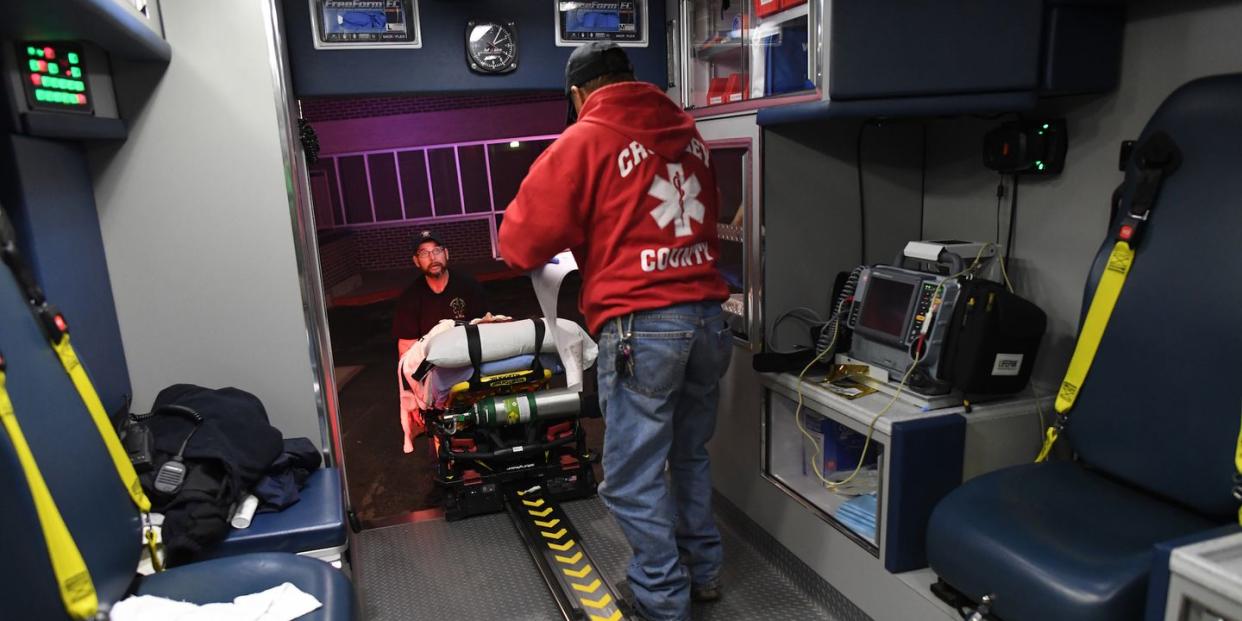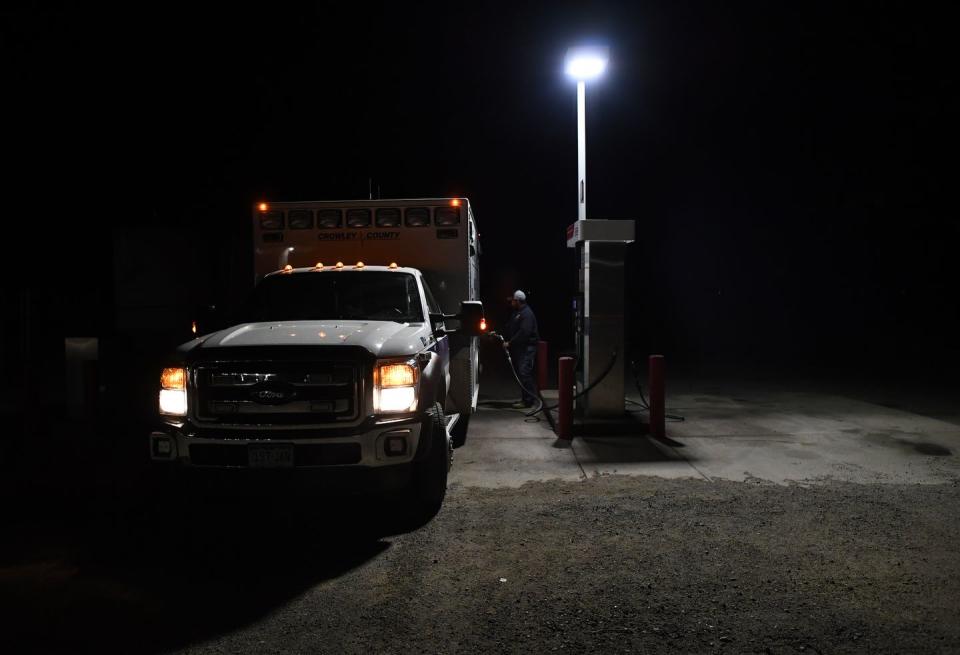Imagine Your Nearest Hospital Was 100 Miles Away

Let’s take a break from treachery and cowardice and take a look at what’s going on out in the country, courtesy of Jack Healy, a terrific reporter for The New York Times, who went to Missouri to report on the state of rural health care which, as you might imagine, is not good.
Ms. Abernathy, 21, staggered out of bed and yelled for her mother, Lynn, who had been lying awake on the living-room couch. They grabbed a few bags, scooped up Ms. Abernathy’s 2-year-old son and were soon hurtling across this poor patch of southeast Missouri in their Pontiac Bonneville, racing for help. The old hospital used to be around the corner. Now, her new doctor and hospital were nearly 100 miles away. Medical help is growing dangerously distant for women in rural America. At least 85 rural hospitals - about 5 percent of the country’s total - have closed since 2010, and obstetric care has faced even starker cutbacks as rural hospitals calculate the hard math of survival, weighing the cost of providing 24/7 delivery services against dwindling birthrates, doctor and nursing shortages and falling revenues.

Today, researchers estimate that fewer than half of the country’s rural counties still have a hospital that offers obstetric care, an absence that adds to the obstacles rural women face in getting health care. Specialists are increasingly clustered in bigger cities. Clinics that provide abortions, long-term birth control and other reproductive services have been forced to close in many smaller towns. “It’s scary,” said Katie Penn, who said she was rejected by eight doctors before finding an obstetrician in Jonesboro, Ark., about an hour from Kennett. “You never know what can happen.”
This is not tolerable in an advanced society. Which, in too many places, this is not.
The white, 116-bed hospital had been a busy lifeline for this 31,000-person county’s most vulnerable people. The emergency room received about 22,000 visits a year, and unlike many struggling hospitals, the maternity ward was busy. About 400 babies were born at Twin Rivers every year, often to mothers who had themselves been born in the same rooms. About 95 percent of the hospital’s patients were on Medicare, Medicaid or had no insurance, said Dr. Steve Pu, a former member of the hospital’s advisory board. Rural hospitals like Kennett’s are being financially battered by several factors: Cuts to public health-insurance programs, struggles with debt and sharply worsening finances in states that did not expand Medicaid.
Inevitability ensued.
Then, this month came the news that she and many in Kennett had been dreading. Two infant boys, each about a month old, died on opposite ends of the county, one on July 4 and the other the following morning. In both instances, officials said that family members discovered the children unconscious and rushed them to local ambulance stations. One was driven 20 miles to a hospital in Paragould, Ark., and the other was taken to a hospital in Piggott, Ark., where they were each pronounced dead, investigators said. Investigators would not release the children’s names or any additional details. They said autopsy reports had not been completed and said they did not yet know how the children had died, or whether any intervention could have saved them. Their deaths sent a shudder through Kennett. “This is just the beginning,” Ms. Johnson said. “To think we don’t even have a damn hospital for these people to go to.”
To his enormous credit, Healy has kept in touch with the people in this small, impoverished place. On the electric Twitter machine this morning, he gave us all an update. Things are still not good. We should all keep in touch.
You Might Also Like

